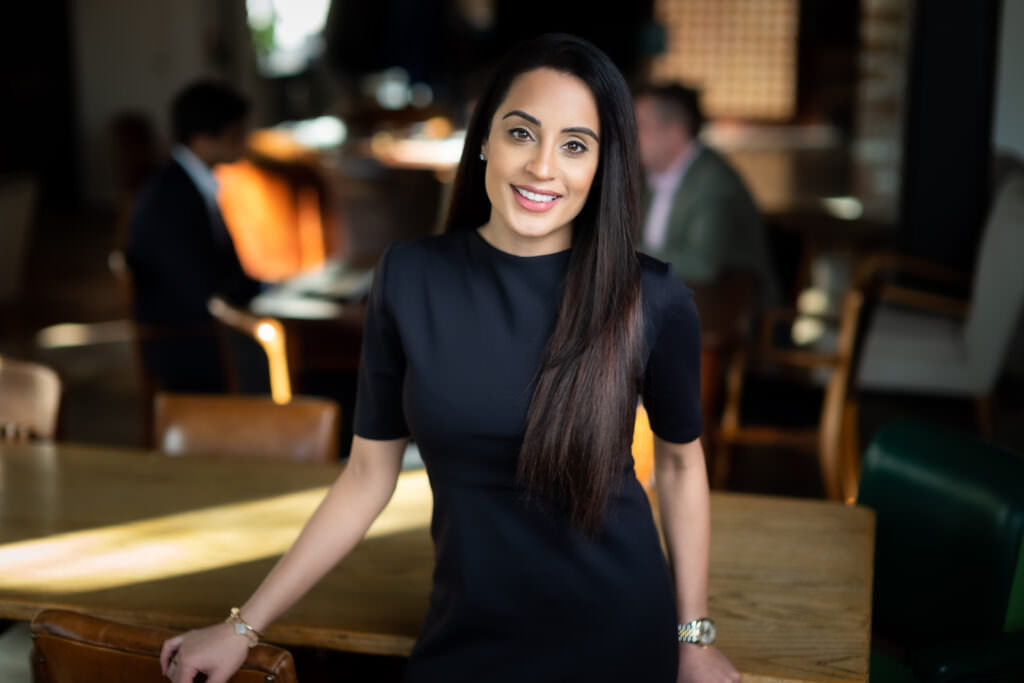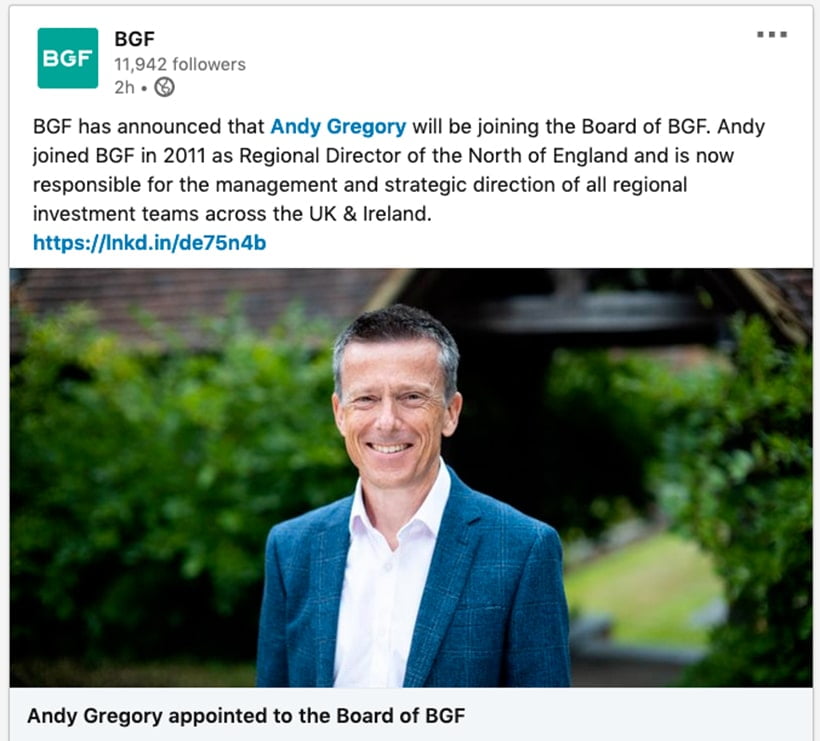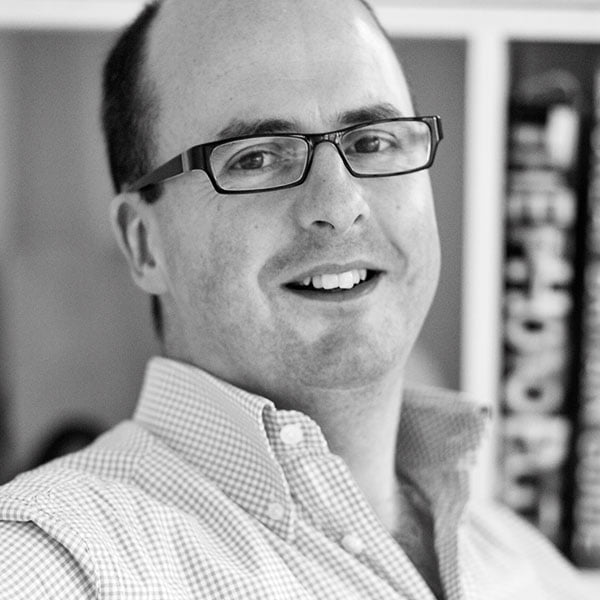
Portrait photography for company website team page, the subjects expression was important but so too was the context, to show co-workers in the background. The subject in isolation would not have reinforced the ‘team’ message nearly so well.
For the best portraits, it’s the dynamic between photographer and subject
Before I start a photoshoot, I always want to know its purpose and what the subject expects from it. To get the best portraits, photographers need the active involvement and cooperation of subjects. As you know, it takes two to tango.
The photoshoot’s context is also vital. If the portraits are to be used in reaction to a specific news story, we must know in advance what that story is. Clearly, a happy smiling photograph is going to be wholly inappropriate if the photo is being used to illustrate the subject’s reaction to a negative corporate story.
This obvious bear trap aside, what’s actually most important in any portrait session is the dynamic created between photographer and subject. And it is the dynamic between both subject and photographer that produces the largest differences when it comes to the quality of the final portraits.
Engage in a dialogue
To create a good, working rapport the photographer must engage actively with the subject and not conduct the shoot in stony silence.
Through dialogue, the photographer can find out something about the subject’s personality and their stress levels at the time of the shoot. Are they an extrovert or an introvert? Are they about to want to rush off? Is a big work issue going to distract them from relaxing during the shoot? These are important things to know if the photographer wants to push for something new and different, or in coaxing the subject to relax.

Portrait used by BGF on LinkedIn, it was important that Andy looked happy with the new appointment and came across as competent to fulfil the new role. Not smiling too much, but still approachable. He is photographed in isolation, with a neutral background to focus the attention on the subject.
Settings matter
The setting of the shoot is also essential. A photographer going quietly about their business in a contemplative setting will deliver a very different set of images from a photographer working in a noisy room with many distractions.
So does equipment
For portrait work, the photographer must be considerate in their choice of photographic equipment. If the photographer brings a large zoom lens and holds it threateningly in the subject’s face, they can’t reasonably expect a relaxed set of portraits to emerge.
Personally, I work with a small Leica camera body with a small, high quality lens. This creates better empathy, allowing me to maintain eye contact at all times with my subject.
A shorter lens length lets me get physically closer to my subject, meaning I can verbally direct the subject’s poses or body postures quickly and without fuss. A long lens requires the photographer to stand well back which hampers the process.
Correcting a subject’s posture has a noticeable effect on a portrait and influences the style of the final image. I find office workers tend to slump in chairs or stand a little awkwardly. Some clear direction from me helps improve the portraits immensely.
I also use flash judiciously. Flash can be used to great effect, either for subtle or significant improvements in contrast and shadow. However, too much flash can make the subject tense and irritable, wanting the whole shoot over as quickly as possible.
Don’t overrun
Which brings me to length of shoots. There are shoots that definitely go on far too long. Yes, we need some test shots at the start. These are necessary to settle the subject into the process. But a good photographer knows that the longer a shoot takes, the greater the chance of the subject getting bored and tired, leading to diminishing returns.
My goal is to stop when I have what I need, which can be in 10 minutes rather than 30. A shorter shoot leaves the client feeling positive, and an experienced photographer is faster and more efficient at getting the pictures needed. A drawn-out photoshoot has the opposite effect, resulting in the subject leaving under a bit of a cloud, ready to find fault with the final results.
To recap
Summing up, it’s not chance that gets the best portraits during a photoshoot. It’s the active choices made by the photographer, their willingness to throw away the rule book, or to respond in real time to the mood in the room.
The best results come pleasing the subject, knowing what they want and listening to them carefully. It is this process that forges a working partnership, and it is the partnership that leads to images that everyone is happy with.
Get in touch to book your next photoshoot. We comply with all the government guidelines on Covid-19 safety.





